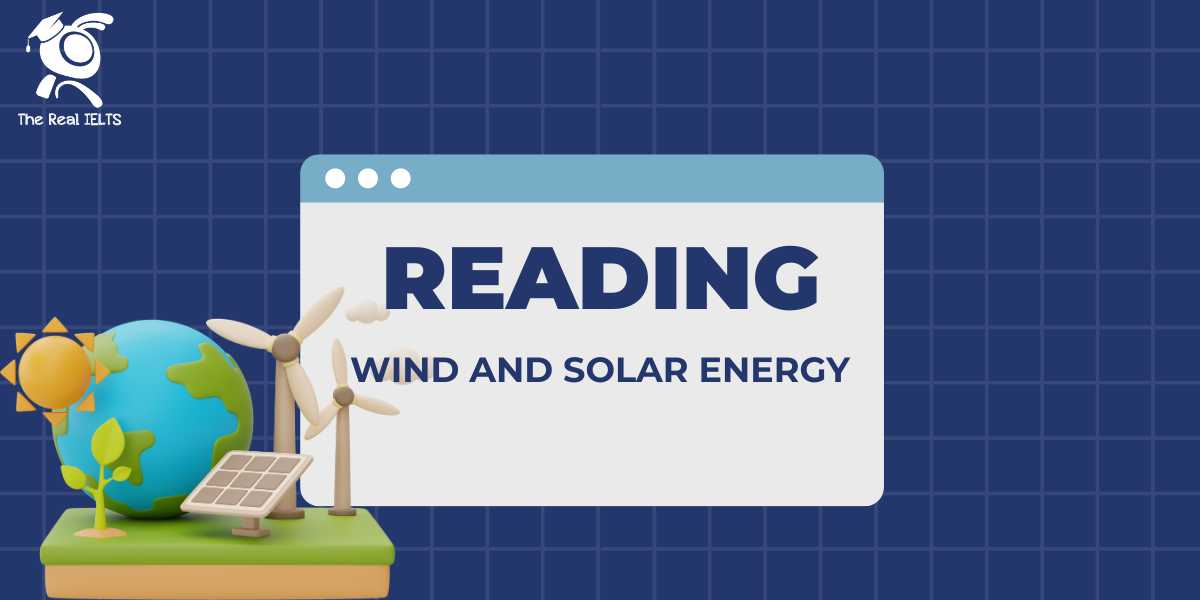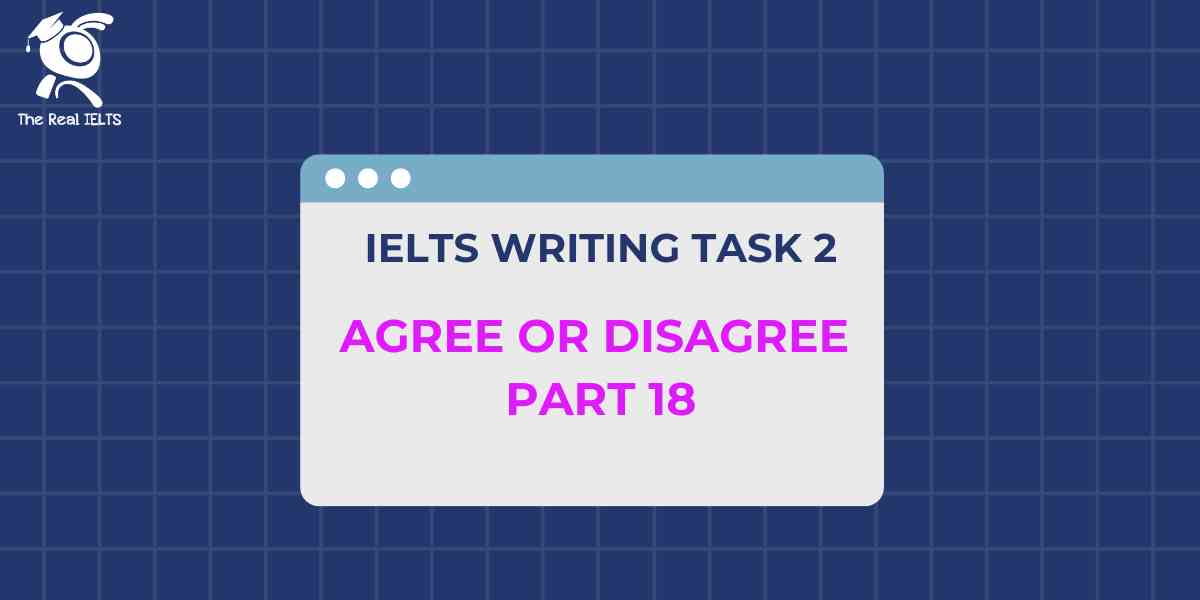Đề thi IELTS Reading có tiêu đề “The Impact of Technology on the Environment”
Nhớ đọc thêm các bài luyện thi IELTS nhé.
IELTS Reading:”The Impact of Technology on the Environment“
The Impact of Technology on the Environment
In the modern era, technological advancements have fundamentally reshaped human society, influencing every aspect of life from communication to healthcare and transportation. However, alongside these benefits, technology has had a profound impact on the environment, often causing significant harm. This relationship between technology and the environment is complex, as technological innovations have contributed both to the degradation of natural ecosystems and to the development of solutions aimed at addressing environmental challenges. To fully grasp the scope of this impact, it is essential to examine how technology influences resource consumption, pollution levels, and ecosystem disruptions, while also considering the potential of emerging technologies to mitigate these issues.
One of the most direct ways technology affects the environment is through its role in resource extraction and consumption. Technological innovations have enabled humans to access and exploit natural resources at unprecedented rates. From the extraction of fossil fuels like coal, oil, and natural gas to the mining of metals and minerals essential for electronics, modern technologies drive an ever-growing demand for finite resources. This extensive resource extraction can have devastating environmental consequences. For instance, the deforestation of large tracts of land for agriculture or mining not only depletes natural habitats but also accelerates biodiversity loss. Similarly, overfishing, powered by advanced fishing technologies, threatens the delicate balance of marine ecosystems.
Furthermore, technology has greatly contributed to the increase in energy consumption, with fossil fuel-powered systems dominating industrial processes and transportation. While providing energy security and driving economic growth, these systems release massive amounts of greenhouse gases (GHGs) such as carbon dioxide (CO2) into the atmosphere, fueling global climate change. This has led to rising global temperatures, melting ice caps, and increasingly severe weather events like hurricanes, droughts, and floods. The widespread use of fossil fuel-based energy technologies in particular, such as coal-fired power plants and internal combustion engines in vehicles, has been a major driver of environmental degradation. The environmental costs of energy production, transportation, and industrial manufacturing underscore how dependent societies have become on energy-intensive technologies, often at the expense of environmental health.
Pollution, in various forms, is another significant consequence of technology’s impact on the environment. Industrial technologies, especially those associated with manufacturing and waste management, generate large quantities of pollutants. These pollutants include not only CO2 and other greenhouse gases but also toxic chemicals that can leach into soil and water systems. Water pollution from industrial waste, agricultural runoff, and improper disposal of electronic waste (e-waste) has compromised the quality of freshwater sources, endangering both human populations and wildlife. Air pollution, driven by emissions from factories, vehicles, and power plants, has become a critical issue in urban areas around the world, with smog and particulate matter negatively affecting human health and reducing the quality of life.
Beyond pollution, the rapid pace of technological development has contributed to a massive increase in waste production. The rise of consumer electronics, for example, has led to a growing e-waste problem. E-waste includes discarded computers, mobile phones, televisions, and other electronic devices. Many of these products contain hazardous materials such as lead, mercury, and cadmium, which can pose serious environmental and health risks if not properly disposed of. The limited lifespan of modern electronic devices, combined with a culture of planned obsolescence, exacerbates this issue, as consumers are encouraged to frequently upgrade to newer models, further accelerating the accumulation of waste.
While it is clear that technology has played a role in environmental degradation, it is also important to recognize that it holds immense potential for solving many of the environmental problems it has helped create. Renewable energy technologies such as solar, wind, and hydropower offer sustainable alternatives to fossil fuels, reducing greenhouse gas emissions and promoting cleaner, more sustainable energy sources. These technologies have the potential to significantly reduce the environmental footprint of human activities by decreasing reliance on nonrenewable resources and mitigating the effects of climate change. Moreover, advances in energy storage technologies, such as batteries and smart grids, are making it possible to integrate renewable energy into power systems more efficiently, ensuring a stable and reliable energy supply.
In addition to renewable energy, other emerging technologies are being developed with the goal of reducing environmental harm. For example, precision agriculture, which uses data and technology to optimize farming practices, can minimize the use of water, pesticides, and fertilizers, reducing the environmental impact of agriculture while maintaining or even increasing crop yields. Similarly, technologies like carbon capture and storage (CCS) are being explored as a way to capture and store CO2 emissions from power plants and industrial processes, preventing them from entering the atmosphere and contributing to global warming. These technologies, though still in the early stages of development, represent a promising avenue for addressing some of the most pressing environmental challenges of our time.
Moreover, digital technologies and artificial intelligence (AI) have the potential to transform environmental monitoring and conservation efforts. Satellite imagery, drones, and sensors equipped with AI can track environmental changes in real time, providing valuable data on deforestation, ocean health, and wildlife populations. This information can be used to make more informed decisions about conservation and resource management, helping to preserve ecosystems and prevent further environmental degradation. The use of big data analytics also enables scientists and policymakers to model and predict the potential impacts of environmental policies, ensuring that actions taken to protect the environment are based on sound science.
In conclusion, technology’s impact on the environment is a multifaceted issue that reflects both its capacity to cause harm and its potential to foster positive change. While technological advancements have contributed to environmental problems such as resource depletion, pollution, and climate change, they also offer powerful tools for mitigating these issues. The challenge lies in harnessing the power of technology in ways that promote sustainability, minimize environmental damage, and support the well-being of both current and future generations. As societies continue to innovate and develop new technologies, a conscious effort must be made to balance technological progress with environmental stewardship, ensuring that the benefits of technology do not come at the cost of the planet’s health.
Đề bài thi IELTS Reading
Multiple Choice (Trắc nghiệm – 10 câu)
- What is one of the main ways technology affects the environment?
A. Increasing biodiversity
B. Improving air quality
C. Driving resource consumption
D. Enhancing wildlife habitats - What is a major consequence of fossil fuel use mentioned in the passage?
A. Increased deforestation
B. Overfishing in marine ecosystems
C. Greenhouse gas emissions
D. Habitat restoration - Which of the following is a form of pollution caused by technology according to the passage?
A. Radioactive pollution
B. Water pollution from industrial waste
C. Noise pollution from factories
D. Light pollution from city lights - What is a problem associated with e-waste mentioned in the passage?
A. It causes excessive use of freshwater
B. It creates toxic chemicals like lead and mercury
C. It leads to an increase in agricultural runoff
D. It pollutes the atmosphere with CO2 - Which technology is considered a solution to energy-related environmental damage?
A. Artificial intelligence
B. Fossil fuel extraction
C. Precision agriculture
D. Renewable energy technologies - What is the main potential benefit of carbon capture and storage (CCS)?
A. Preventing CO2 emissions from entering the atmosphere
B. Increasing the efficiency of renewable energy
C. Reducing water pollution
D. Capturing renewable energy from solar panels - What role does artificial intelligence (AI) play in environmental conservation?
A. Enhances fishing technologies
B. Reduces CO2 emissions from power plants
C. Tracks environmental changes in real time
D. Increases the lifespan of electronics - What is a key challenge mentioned regarding the relationship between technology and the environment?
A. Finding cheaper renewable energy
B. Balancing technological progress with environmental protection
C. Stopping all technological development
D. Building more power plants - Why is precision agriculture beneficial according to the passage?
A. It improves soil quality
B. It minimizes the use of resources like water and fertilizers
C. It increases fossil fuel consumption
D. It maximizes deforestation for farming - How can big data analytics contribute to environmental protection?
A. By encouraging overfishing
B. By providing tools to monitor social media
C. By predicting the impact of environmental policies
D. By reducing the need for transportation
True/False/Not Given (8 câu)
11. Technology has only had negative impacts on the environment.
A. True
B. False
C. Not Given
- Fossil fuel-based technologies are the sole contributors to air pollution.
A. True
B. False
C. Not Given - Solar energy is already the dominant source of power in most countries.
A. True
B. False
C. Not Given - E-waste is a growing problem because electronic devices contain valuable metals that cannot be recycled.
A. True
B. False
C. Not Given - Carbon capture and storage (CCS) is a fully developed technology used widely across industries.
A. True
B. False
C. Not Given - The use of drones for environmental monitoring is increasing.
A. True
B. False
C. Not Given - Planned obsolescence is one of the factors that contributes to the increase in e-waste.
A. True
B. False
C. Not Given - Big data analytics can predict environmental disasters such as earthquakes and tsunamis.
A. True
B. False
C. Not Given
Yes/No/Not Given (5 câu)
19. Does the author believe that technology can help solve environmental problems?
A. Yes
B. No
C. Not Given
- Is it the author’s opinion that resource extraction technologies are essential for economic growth?
A. Yes
B. No
C. Not Given - Does the author support increasing the use of fossil fuel technologies to reduce global warming?
A. Yes
B. No
C. Not Given - According to the author, are renewable energy sources like solar and wind fully reliable at present?
A. Yes
B. No
C. Not Given - Does the author express optimism about the future role of technology in environmental conservation?
A. Yes
B. No
C. Not Given
Matching Information (Nối thông tin – 5 câu)
Match the following sections of the passage with the appropriate information:
24. Resource consumption due to technology
25. Pollution from industrial processes
26. E-waste and its dangers
27. Renewable energy as a solution
28. Role of AI in environmental monitoring
Matching Headings (Nối tiêu đề với đoạn văn – 4 câu)
29. Section 1: A. The Relationship Between Technology and Resource Extraction
30. Section 2: B. Renewable Energy and Future Solutions
31. Section 3: C. The Role of Technology in Waste Production
32. Section 4: D. Technology’s Role in Environmental Conservation
Matching Sentence Endings (Nối phần kết câu – 5 câu)
33. Technological advancements have led to…
A. an increase in air pollution.
B. more efficient farming practices.
C. the widespread use of e-waste recycling.
D. the degradation of natural ecosystems.
- Fossil fuel consumption results in…
A. enhanced renewable energy sources.
B. significant greenhouse gas emissions.
C. reduced carbon capture efforts.
D. increased biodiversity. - Planned obsolescence in electronics has…
A. prolonged the lifespan of devices.
B. minimized resource consumption.
C. contributed to e-waste accumulation.
D. prevented pollution. - Carbon capture and storage aims to…
A. improve industrial efficiency.
B. capture CO2 emissions from power plants.
C. eliminate the need for renewable energy.
D. produce more greenhouse gases. - Precision agriculture helps farmers by…
A. increasing water consumption.
B. reducing the use of fertilizers and pesticides.
C. creating more deforestation opportunities.
D. raising carbon emissions.
Sentence Completion (Hoàn thành câu – 3 câu)
38. One significant consequence of technological development is ____________.
39. The main environmental issue caused by fossil fuels is ____________.
40. Precision agriculture aims to optimize farming practices through ____________.
Đáp án bài thi IELTS Reading
Multiple Choice (Trắc nghiệm)
- C (Driving resource consumption)
- C (Greenhouse gas emissions)
- B (Water pollution from industrial waste)
- B (It creates toxic chemicals like lead and mercury)
- D (Renewable energy technologies)
- A (Preventing CO2 emissions from entering the atmosphere)
- C (Tracks environmental changes in real time)
- B (Balancing technological progress with environmental protection)
- B (It minimizes the use of resources like water and fertilizers)
- C (By predicting the impact of environmental policies)
True/False/Not Given
- B (False)
- B (False)
- C (Not Given)
- B (False)
- B (False)
- A (True)
- A (True)
- C (Not Given)
Yes/No/Not Given
- A (Yes)
- C (Not Given)
- B (No)
- B (No)
- A (Yes)
Matching Information (Nối thông tin)
- Resource consumption due to technology – Paragraph 1
- Pollution from industrial processes – Paragraph 2
- E-waste and its dangers – Paragraph 3
- Renewable energy as a solution – Paragraph 4
- Role of AI in environmental monitoring – Paragraph 5
Matching Headings (Nối tiêu đề với đoạn văn)
- A. The Relationship Between Technology and Resource Extraction
- B. Renewable Energy and Future Solutions
- C. The Role of Technology in Waste Production
- D. Technology’s Role in Environmental Conservation
Matching Sentence Endings (Nối phần kết câu)
- D (the degradation of natural ecosystems)
- B (significant greenhouse gas emissions)
- C (contributed to e-waste accumulation)
- B (capture CO2 emissions from power plants)
- B (reducing the use of fertilizers and pesticides)
Sentence Completion (Hoàn thành câu)
- …resource consumption and environmental degradation.
- …greenhouse gas emissions.
- …the use of AI and data analytics to optimize resource use.
Luyện tập bài khác ở bài viết:”100 bài luyện IELTS Reading 2024 – 2025“















